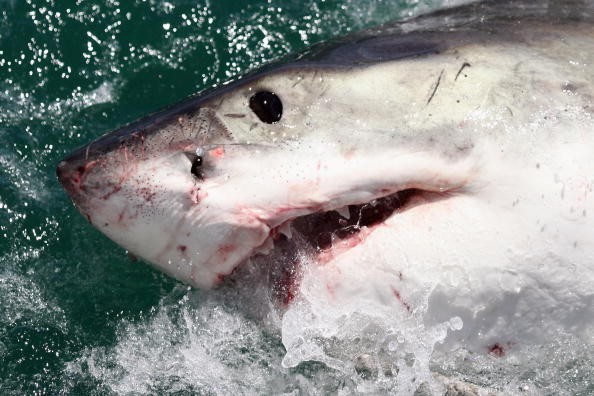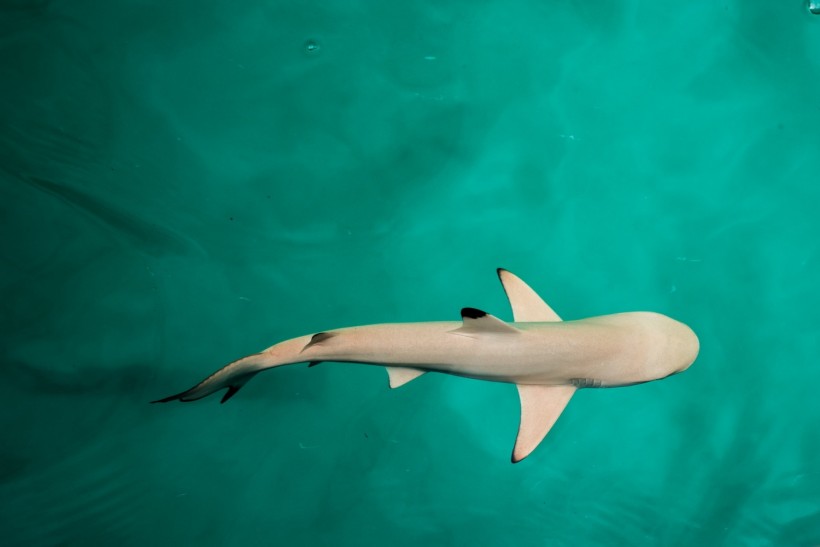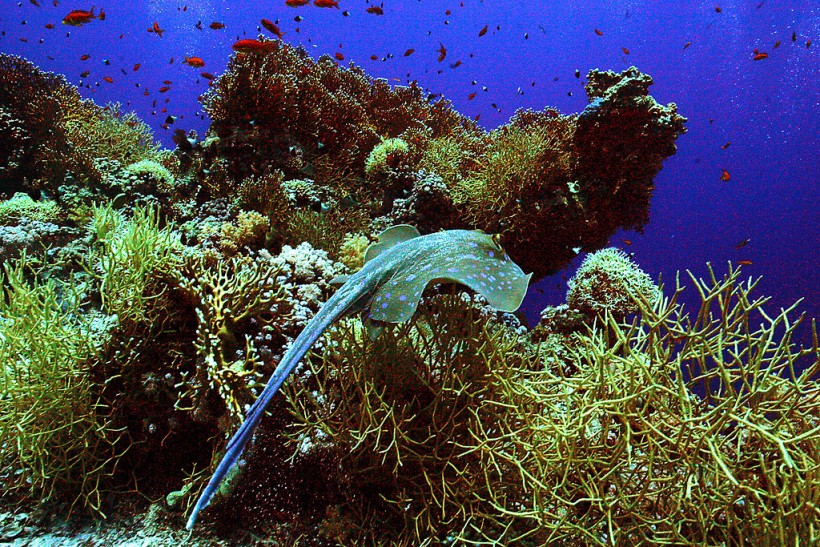If you're planning a trip to the beach this summer, sharks may be on your mind. However, a group of researchers claims that they're not talking about whether or not a shark would eat you (it's highly improbable), but rather how these fantastic creatures are faring in the marine ecosystem.

Comprehensive Study
The researchers performed the first comprehensive survey of all shark, ray, and ghost shark species found in the Australian seas. While most species are safe, Peter Kynes and his colleagues discovered that around 12%, or 39 species, are endangered.
Australia boasts the greatest diversity of sharks of any country. That means we have a specific obligation to safeguard them from risks like fishing and habitat destruction.
The country must invest much more in closing massive knowledge gaps and ensuring vulnerable species are safeguarded and restored to avoid shark extinctions on their watch.
Sharks

Sharks are a long-lived fish family that has inhabited the waters for about 450 million years. They dwell in tropical, temperate, and polar marine seas, with a few numbers adapting to freshwater environments.
Sharks, rays, and ghost sharks are cartilaginous fishes, as are their cousins. Australian seas, including the sub-Antarctic and Antarctic waters, are home to 328 cartilaginous fishes, accounting for one-quarter of the world's total. One hundred thirty-eight of them are found nowhere else on the planet.
Related Article: Catching Mako Sharks Will be Banned in Atlantic States
In Danger
Sharks are in danger. Only around a third of species are endangered, and fewer than half are classified as "Least Concern" (not at risk of extinction).
The study looked into the status of Australian sharks on a national level.
The news is a lot better than the overall picture. Seventy percent of all sharks found in Australian seas were classified as "Least Concern."
However, they discovered 39 shark species in Australia on the verge of extinction. Worse, most don't have the protection or conservation measures to help their numbers recover.
Only nine species are categorized as vulnerable under the Environment Protection and Biodiversity Conservation Act, Australia's federal environment law.
The researchers selected five species for which the data is strong enough to pass the endangered species nomination procedure. We urge that the federal government list these species right now. They are as follows:
- greeneye spurdog
- eastern angelshark
- whitefin swellshark
- narrow sawfish
- Australian longnose skate
However, because there isn't enough evidence to support official listing submissions, a group of understudied endangered species is still at risk of falling through the cracks. They found 12 species that are in this scenario.
For example, the team identified three species of tiny rays known as stingarees from southeast Australia as susceptible to extinction owing to industrial fishing. The decrease of the species has been documented since the late 1990s. Nominations to be labeled as endangered under federal law, on the other hand, will need additional information, including current catch levels and trends.
Conservation Effort

There is now no mechanism-or dedicated funding-in place to ensure that such data is gathered for many of the species we found.
To save Australia's vulnerable sharks, significant investment is required. The team put the annual cost at around A$114 million, based on the average anticipated cost of rescuing a vulnerable fish species and allowing for inflation.
The sum equates to around 0.3 percent of the national military budget, which is frequently used as a comparison point for the costs of environmental action.
In general, Australia's financial investment in vulnerable species has been demonstrated to be insufficient.
Recently announced government funding includes A$100 million for ocean protection and $57 million for the national endangered species plan. This is a pittance in comparison to the amount of money necessary.
Australia desperately requires a dedicated, well-funded fund dedicated to recovering and delisting vulnerable species. In contrast to current federal government initiatives to abandon recovery plans for roughly 200 vulnerable species, such a fund would promote recovery planning.
The findings serve as a wake-up call to protect all of Australia's sharks. It serves as a baseline against which changes can be monitored, and it is hoped that it will aid management in preventing extinctions.
Also Read: Sharks Have Been Around Longer Than Trees: 5 Astounding Facts About This Apex Predator!
For more animal news, don't forget to follow Nature World News
© 2024 NatureWorldNews.com All rights reserved. Do not reproduce without permission.





